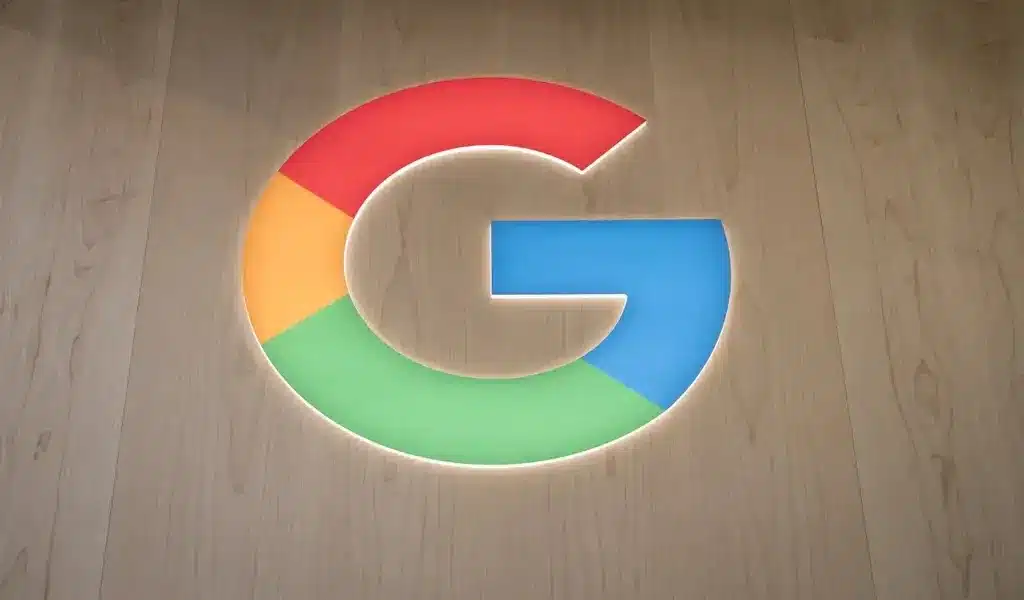Tech
Google Releases Software That Stamps Text Generated By Artificial Intelligence.

(VOR News) – Using Google’s SynthID Text technology, which is now available to the public, developers will be able to watermark and identify text that is generated by generative artificial intelligence. Designers are able to make use of this technology.
Users have the ability to download SynthID Text using Hugging Face as well as Google’s newly released Responsible GenAI Toolkit.
X was the platform on which the company made the announcement that they will release their SynthID Text watermarking technology entirely free of any constraints. It is available for free usage by businesses and developers, and it can identify information that was generated by artificial intelligence.
You need to define Google SynthID Text and how it works.
When the question “What is your favorite fruit?” is posed to text-generating algorithms, they make an estimate as to which “token” will come after another token, each token in turn.
The investigation is the source of these hypotheses. Tokens, which may be letters or words, are required for generative models in order for them to process input. It’s possible that a token is just a single character or word. A score is assigned to each token by a model.
Using this score, one can determine the likelihood that a certain token will be included in the final text. In Google’s words, SynthID Additionally, the text “modulates the likelihood of tokens being generated,” which means that it contributes additional information to
“The final pattern of scores for both the model’s word choices combined with the adjusted probability scores is considered the watermark,” the business stated in its announcement. “The watermark is considered to be the final pattern of scores.”
This pattern of discoveries may be compared with the expected pattern of scores for watermarked and unwatermarked text, which allows SynthID to assess whether the text was generated by an artificial intelligence program or whether it was derived from external sources. In order to accomplish this, the results are compared to the expected scores.
Despite the fact that it is compatible with text that has been cropped, paraphrased, or edited, Google asserts that the incorporation of SynthID Text into their Gemini models, which began in the spring, does not have an impact on the quality, accuracy, or speed of text synthesis.
The corporation recognizes that Google’s watermarking method has limitations.
The performance of SynthID material is low when it contains fact-based responses, content that has been edited or translated, or material that is concise.
According to the explanation provided by the company, “there are fewer opportunities to adjust the token distribution without affecting factual accuracy,” which is a requirement for factual rapid responses.
You may ask questions such as “What is the capital of France?” or you could request “Recite a poem by William Wordsworth.” Both of these inquiries are feasible. There is very little to no change in response required to these questions.
Several organizations, including Google, are conducting research on artificial intelligence text watermarking technology. For years, OpenAI has been conducting research on various watermarking methods; however, the diffusion of these approaches has been hampered by both technical and commercial difficulties.
The use of text watermarking could be an effective means of preventing malicious “AI detectors” from more widely spreading. On the other hand, these “AI Google detectors” incorrectly identify essays and articles that are generic.
There remains, however, the question of whether or not they will be widely adopted, as well as whether or not the proposed standard or technology of one group will win over those of other organizations. There must be responses to both questions.
The implementation of legal measures that compel developers to hand over their hands is expected to occur in the near future. Artificial intelligence-generated Google content must be watermarked in China. California is contemplating implementing a system that is analogous to this one.
Additionally, the Google situation can also be referred to as an “urgency.” It is possible that by the year 2026, ninety percent of the material that is available online will have been manufactured on purpose, as stated in a report by the European Union Law Enforcement Agency.
On the other hand, this would provide new challenges for law enforcement in the areas of disinformation, propaganda, fraud, and deception.
Amazon Web Services (AWS) discovered that artificial intelligence may be responsible for sixty percent of the words that are found online. This discovery is connected to the widespread application of AI translators.
SOURCE: TCN
SEE ALSO:
Reddit Will Expand Its AI Collaborations And Test Search Summaries Created By AI.
Appeals Court Delays Order For Google To Open Its App Store In Antitrust Case





























